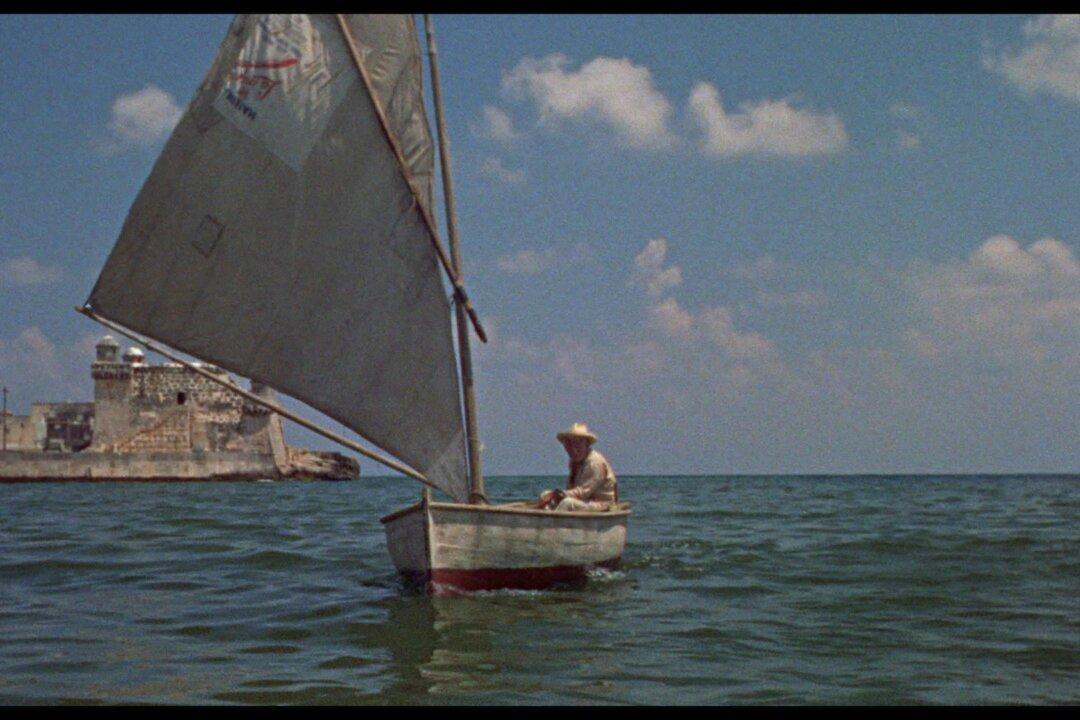NR | 1h 26m | Drama | 1958
Based on Ernest Hemingway’s novel, “The Old Man and the Sea” is about a man defying, then making peace with nature’s power and fragility, while reconciling with his own double-edged nature.

NR | 1h 26m | Drama | 1958
Based on Ernest Hemingway’s novel, “The Old Man and the Sea” is about a man defying, then making peace with nature’s power and fragility, while reconciling with his own double-edged nature.